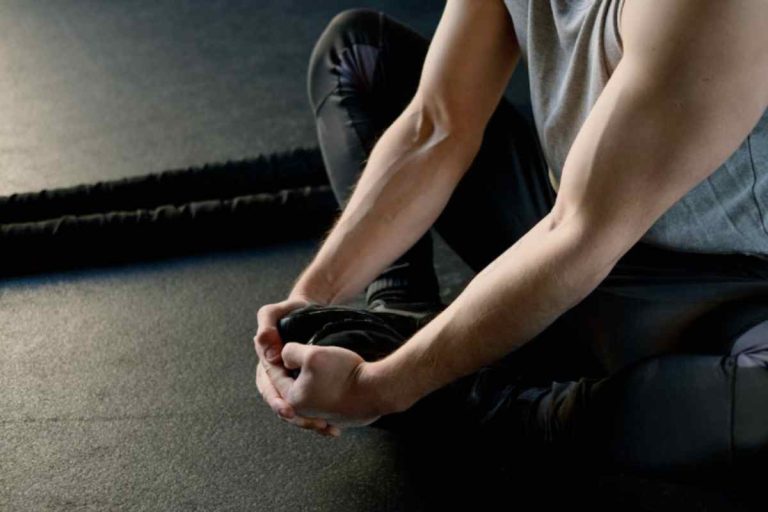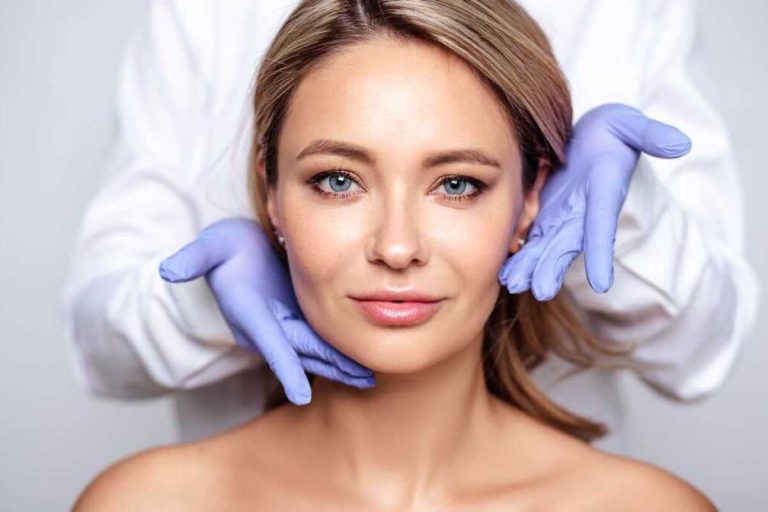Breast cancer is a life-altering experience that changes every aspect of your world: your health, your daily routines, your relationships, and even how you view yourself. For many survivors, the journey doesn’t end with treatment; it continues through recovery, self-discovery, and, often, an entire transformation of identity. One area where many survivors find a surprising sense of empowerment is in embracing their style and beauty once treatment has ended.
In Achieving Greater Health and Beauty After Breast Cancer, Kathie FitzPatrick shares her journey of not just surviving breast cancer but thriving in a new version of herself — one that embraces beauty, self-expression, and confidence in ways she never expected. The book outlines how she overcame the challenges of her changing appearance and offers practical tips for other survivors looking to reclaim their sense of self, one outfit, one hairstyle, and one beauty routine at a time.
The Power of Transformation
When Kathie was first diagnosed with breast cancer, she was understandably overwhelmed by the immediate and intense changes to her body, from the emotional toll of the diagnosis to the physical toll of treatments. One of the most visible changes for many women undergoing chemotherapy is hair loss. For Kathie, this change was particularly jarring. Like many women, she associated her hair with femininity and strength, so losing it was a tough blow.
But rather than succumb to the feelings of loss, Kathie used this moment to transform. She experimented with wigs, scarves, and hats, finding new ways to express herself. In a sense, she reinvented herself in the process. She chose styles that gave her a sense of empowerment, allowing her to take control of how she appeared to the world despite the changes she was experiencing. Kathie quickly realized that style was more than just about hair — it was a tool for self-expression, even during one of the most challenging times in her life.
Her journey is a perfect reminder for all survivors: embracing new styles and looks after breast cancer is not just about reclaiming outward beauty; it’s about finding new ways to express one’s inner strength. Fashion and beauty become ways to celebrate survival, resilience, and, ultimately, transformation.
Embracing Wigs and Scarves
Hair loss can often be the most emotionally charged side effect of breast cancer treatment. However, for Kathie, finding the right wig was an act of reclaiming her sense of beauty. She didn’t just pick any wig; she chose one that made her feel authentic to herself and allowed her to look in the mirror and see a reflection of the woman she was fighting to remain. Whether it was experimenting with different colors, lengths, or cuts, Kathie found that wigs became more than a necessity — they were a means of reinvention.
Wigs and scarves were also a way for Kathie to avoid feeling defined by her illness. She discovered that choosing different styles allowed her to express emotions, occasions, and moods. For instance, a bright-colored scarf could instantly elevate her spirits, while a sleek wig made her feel ready to face the day. By embracing these accessories, Kathie transformed what many might see as a challenge into an opportunity to celebrate her journey.
Dressing with Confidence
As Kathie continued to recover, she focused on wardrobe choices that made her feel good about herself. Like many breast cancer survivors, she faced a changed body due to surgery, weight fluctuations, or the effects of medication. Finding clothes that fit and flattered her new figure became another empowering challenge.
Kathie learned that the key to rebuilding her wardrobe wasn’t just choosing trendy clothes but finding pieces that reflected her new sense of self. Her book discusses how she learned to embrace clothing that made her feel comfortable, confident, and, most importantly, authentic.
For Kathie, that meant choosing bright colors, elegant cuts, and versatile pieces that could transition from medical appointments to casual outings with friends. Over time, she began to view fashion not as a superficial pursuit, but as an essential part of her healing. Clothes were no longer just fabric but expressions of her inner strength and journey.
Beauty Regimens for Radiance and Resilience
While the physical changes resulting from cancer treatment can affect how you feel about your appearance, they don’t have to diminish your beauty. In fact, after chemotherapy and radiation, many survivors find that adopting a nourishing beauty routine becomes an act of self-love. Kathie discusses in her book the importance of taking time for self-care, which includes maintaining a skin care routine that helps heal and protect the skin after the rigors of treatment.
Her tips include using gentle moisturizers to combat dryness, applying sunscreens to protect sensitive skin, and nourishing the skin with vitamin-rich oils. As Kathie shares, post-cancer beauty isn’t about covering up imperfections but embracing them as part of your journey. However, one area where Kathie excels is in the skin care realm, particularly when it comes to deep wrinkles often caused by chemotherapy. She suggests handheld wands created specifically for this purpose, focusing on Microcurrent Therapy, Red-Light Therapy, and Microabrasion Therapy. These treatments are no longer restricted to expensive salons; affordable devices are now available for every woman to use at home.
Kathie mentions her favorite device, the Silk’n’Titan wand, and provides details on how to get it. For more information, she refers readers to articles on her site, www.herspaplace.com, including a detailed post called Discover the Benefits of Red Light Therapy. You can find it here. Kathie also emphasizes the benefits of Microderma Abrasion devices, which gently remove old layers of skin cells to reveal new skin, promoting a healthy, glowing look. More information on these devices can be found on her site here.
For many more outstanding hair and skincare tips, visit www.herspaplace.com, where Kathie provides valuable resources to help every woman feel her best.
The Importance of Self-Expression in Recovery
Kathie’s experience illustrates an important point: the power of personal style post-cancer is not just about how you look; it’s about how you feel in your skin. Whether it’s through hair, clothing, or beauty routines, embracing style is a profound form of self-expression. Post-cancer, finding new ways to celebrate yourself and your survival becomes a powerful form of therapy. It’s about creating a new identity that reflects your experiences, growth, and strength.
For many survivors, style becomes a means of reclaiming control over the narrative of their own lives. Women can no longer be defined solely by cancer; they can redefine beauty on their terms, incorporating their past into a vibrant, bold present.
Finding Your Confidence Again
Rebuilding confidence after breast cancer takes time, and fashion is just one piece of the puzzle. But through Kathie’s story, it’s clear that embracing a new look — whether it’s through hair choices, wardrobe shifts, or beauty routines — can offer women a renewed sense of identity and empowerment. Kathie’s journey, penned in Achieving Greater Health and Beauty After Breast Cancer, is a reminder that while the body may change, the inner strength remains. And that strength can be expressed boldly to the world through style and beauty.
Be sure to visit Kathie’s beauty tips site at www.herspaplace.com, where you can discover how to acquire many of the beauty devices she recommends in her book. It’s also highly recommended to purchase the e-book version for easy access on your computer. The e-book features live clickable links to valuable resources Kathie shares, such as the benefits of certain mushrooms in preventing and aiding cancer recovery by enhancing the immune system, as supported by doctors and health professionals. Additionally, you’ll find useful information on hair care and many other topics.
Website:









